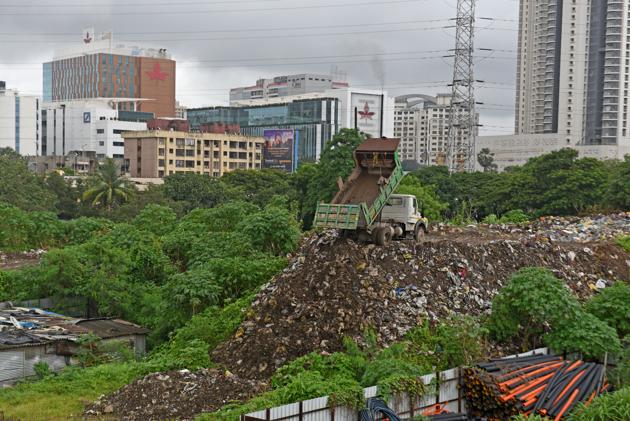Spending money on garbage
Mumbai is expected to spend around ₹280 crore in the current financial year – almost 1% of its municipal budget – on disposing of its garbage
The title of this article is not original; it has been borrowed from an article on the expense of garbage management in urban centres in rich countries, but the phrase sums up Mumbai’s struggle to deal with its garbage.

On Sunday, this newspaper, using data released by the Central Statistics Office (CSO), reported that Mumbai’s daily output of trash has grown 105% in 17 years. The city produced around 11,000 tonnes of garbage on an average day in 2016, compared to 5,355 tonnes daily in 1999. According to the 2001 census, Mumbai had a population of about 12 million; the number grew to 12.4 million in 2011, and if we assume that the trend of low population growth continues, the population must be under 13 million at this point. These are figures for the area administered by the Brihanmumbai Municipal Corporation (BMC).
So, if Mumbai’s population has been stable for the last two decades, the data on the city’s trash reveals that despite this, we are producing more garbage. In 1999, an average resident of Mumbai generated about 450gms of trash; in 2016 the per capita waste was around 880 grams. This is low compared to the trash output of an average American – 2.5kg, according to the Organisation for Economic Co-operation and Development (OECD), and around 1.5kg for most European countries. Mumbai’s per capita trash is closer to the Japanese average of 1.1kg.
Japan’s per capita output of trash is much lower than other countries with similar levels of income and urbanisation, but the country is mountainous and densely populated; land is too valuable to be set aside as dumping yards.
These conditions have led to the creation of some of the most strict garbage segregation and collection laws in the world. In 1996, the country’s largest city, Tokyo introduced a fee for collection of garbage. Other cities charge shops and commercial establishments a fee for taking away their trash. There are exemptions or concessions in charges if the output of trash is below a certain standard. This has forced families and commercial establishment to devise indigenous ways to reduce their trash.
Japanese cities have a bewildering set of rules on garbage segregation and disposal. One city is reported to have a 40-page booklet that advises residents how to separate different items of trash. There is a charge for picking up large items that have to be disposed of, like mattresses and pieces of furniture. Some types of garbage are picked up only on certain days, so if you miss the garbage man’s visit, you have no option but to store the rubbish in your house and wait for the next designated day.
Composting organic garbage near the source is one of these ways. In the Netherlands – another densely populated and highly urbanised country, where wasteland is scare – a large part of the country consists of land reclaimed from the sea. Here cities charge fees for garbage collection based on weight. According to a paper by The Centre for Global Studies, Pennsylvania, the Netherlands recycles almost 50% of its waste. Japan has a lower rate of recycling – 20%, but, as pointed out earlier, the Japanese per capita output of trash is lower that Europe.
Back in Mumbai, the BMC has disputed the CSO figures for 2016. A senior officer with the solid waste management department, which is responsible for collecting and disposing of the city’s rubbish, told this newspaper that the city’s daily trash output has been declining, dropping from 8,722 tonnes in 2017 to 7,500 tonnes, currently. The drop has been attributed to new rules that require bulk generators like markets, restaurants, and hotels to segregate and process organic waste at source. Trash, like plastic, metal, electronics and glass are to be separated and sent to recyclers. Independent experts are sceptical of this claim.
Mumbai is expected to spend around ₹280 crore in the current financial year – almost 1% of its municipal budget – on disposing of its garbage. This expense will grow as the filled-to-the-brim garbage dumps inside the city close down and BMC looks for alternate sites outside Mumbai. According to the civic body, nearly three-quarters of Mumbai’s trash is organic — mostly food waste which has high moisture content. This means we are wasting our money on transporting garbage that can be easily dealt with at source. Then we really are spending money on trash.

Stay updated with all the Breaking News and Latest News from Mumbai. Click here for comprehensive coverage of top Cities including Bengaluru, Delhi, Hyderabad, and more across India along with Stay informed on the latest happenings in World News.
Stay updated with all the Breaking News and Latest News from Mumbai. Click here for comprehensive coverage of top Cities including Bengaluru, Delhi, Hyderabad, and more across India along with Stay informed on the latest happenings in World News.





